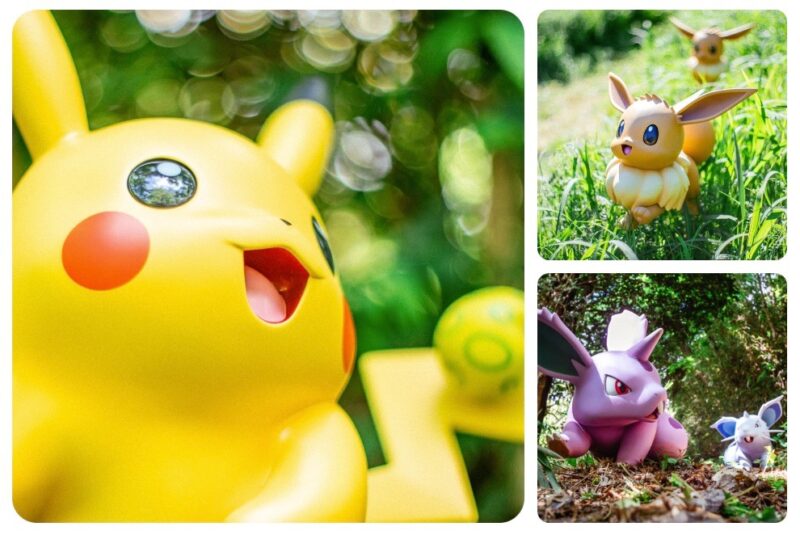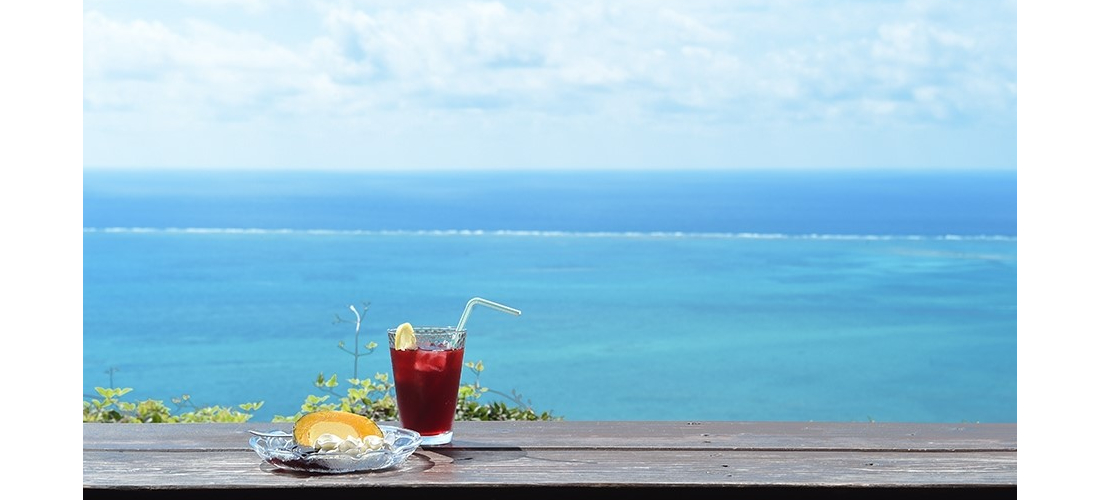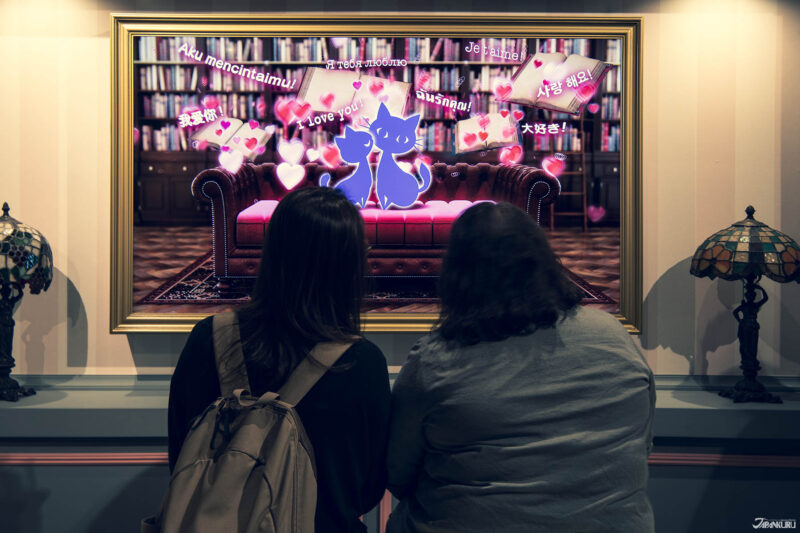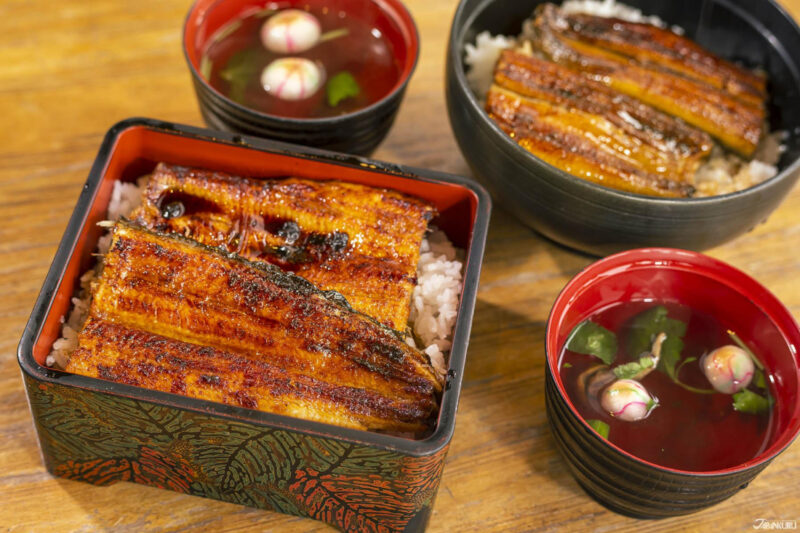
CONTENTS
Japan’s Day of the Ox
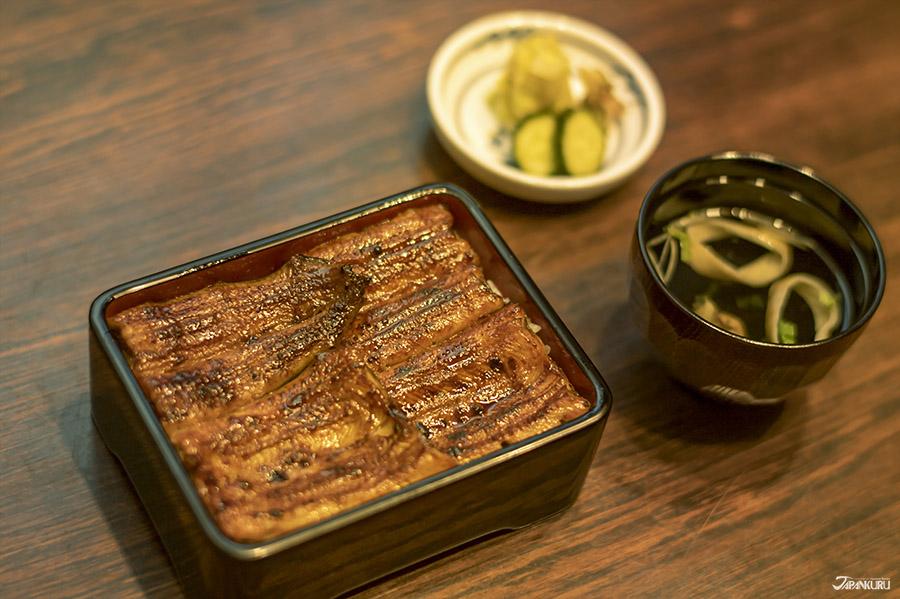
Intrigued by the sweet and savory taste of unagi? This fun Japanese summer tradition is for you! Japan’s Midsummer Day of the Ox, called “Doyo no Ushi no Hi” (土用の丑の日), doesn’t quite count as a holiday, but this special day is closely linked to traditions both old and ancient!
The Day of the Ox isn’t a celebration of anything in particular, but the name harkens back to the days when Japan used a mix of traditional calendars, which is why it’s more of a special day than a real holiday. The “ox” in the name is the same one found in the Chinese zodiac, which most modern people think of as a twelve-year cycle of twelve different animals, starting with the year of the rat and ending with the pig. Long ago, however, that twelve-animal cycle was used for days as well, cycling over and over throughout a single year. “Doyo,” on the other hand, refers to a period of 18 days that occurs four times a year, once before each new season on Japan’s old traditional calendar. So the full name, “Doyo no Ushi no Hi,” refers to a day during the doyo period that happens at the height of summer, before things start to head towards fall.
Celebrate the Day of the Ox in July
In Japan, the Midsummer Day of the Ox arrives when the summer weather is about as hot and humid as it gets – usually late July. Because the zodiac cycle is just twelve days, however, some years actually get two of these Days of the Ox, occasionally spilling over into the modern month of August. In 2025, you can celebrate on both July 19th and 31st!
Midsummer Day of the Ox Traditions
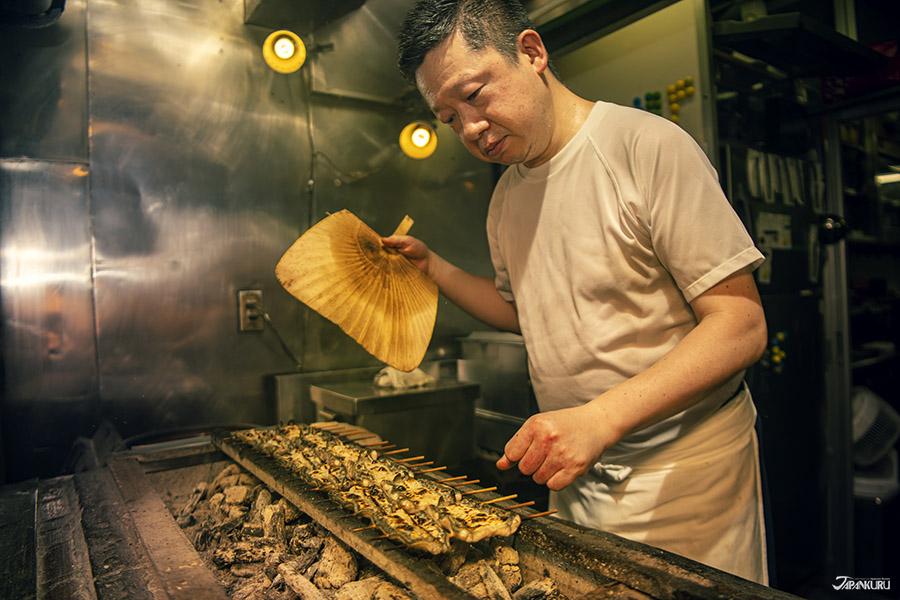
In Japan, Midsummer Day of the Ox is a symbol of summer and all the heat that comes with it, but the most common tradition for the day is to eat grilled unagi (うなぎ, freshwater eel). Why unagi? Outside of Japan, the connection between midsummer and eel can be a little confusing, but it’s actually fairly simple. In Japan, unagi is thought to be packed full of nutrition and energy, and is therefore thought to have revitalizing properties. When you’re exhausted and sweaty from the unending steamy heat of a Japanese summer, tradition states that grilled unagi on a bed of rice should give you the energy you need to get back on your feet.
Then again, while unagi is reasonably nutritious and has been considered revitalizing since ancient times, the origins of this specific Day of the Ox tradition might not be quite so simple. There are actually a few different apocryphal origin stories, found in various historical sources, but by far the most popular one concerns the scholar Hiraga Gennai. Legend says that back in Japan’s Edo period (1603-1868), Hiraga was approached by the owner of a local eel shop. Since fewer customers wanted to go near a hot grill during the summer, this shop owner asked the learned scholar how he might be able to sell his eels even during the sweltering heat. Hiraga considered the question, and remembering an ancient folk tradition, told the shopkeeper that foods that include the “u” sound are supposed to stave off the discomfort and exhaustion of the summer heat. The shopkeeper followed Hiraga’s advice, and he saw great success after putting up a sign for unagi as a Midsummer Day of the Ox special, quickly convincing other eel sellers to follow suit. Shops specializing in other “u” foods, like umeboshi pickled plums, have even tried to join in on the fun throughout the years!
This Edo-era tradition clearly continues to this day, mainly because it’s an excellent excuse to eat some delicious unagi, and in fact so many people eat unagi for the Midsummer Day of the Ox that sellers are now trying to branch out. Since the twelve-day cycle means that Days of the Ox happen throughout the seasons, and not just during midsummer, restaurants and groceries will sometimes advertise their eel on Days of the Ox that occur during other times of the year, too!
Eating Unagi in Japan

Looking to try unagi in Japan? Some of the most popular destinations for this traditional delicacy are Saitama, said to be the origin of Japan’s favorite unagi recipes, and Hamamatsu, where Lake Hamanako provides the perfect brackish environment for the eels to grow. But Japan’s most convenient unagi destination is the city of Narita, which most international travelers pass through on their way to and from Narita Airport!
Making it Through a Japanese Summer

Japan’s hot, sweaty summers aren’t anything new, so it’s no surprise that summer traditions for keeping cool extend much farther than just a dish of restorative eel in mid-summer. Just look at the traditional architecture in many parts of the country! The sliding doors of old Japanese houses can be thrown wide open, turned into floor-to-ceiling windows to let in the summer breeze, and tatami mat floors remain cool and breathable, comfortable to sit on even through the midday heat. On days other than the Day of the Ox, cool, refreshing foods are often the name of the game. Somen noodles, chilled in ice water and served with light toppings, are a summer favorite, and iced tea is as popular in Japan as anywhere! During the hotter months of the year, it’s common in Japan to rely on iced barley tea (called mugi-cha/麦茶), with its mild nutty flavor, to stay hydrated throughout the day. Even on hot days, passing the time in a traditional Japanese house (with proper refreshments, of course) can be surprisingly nice!
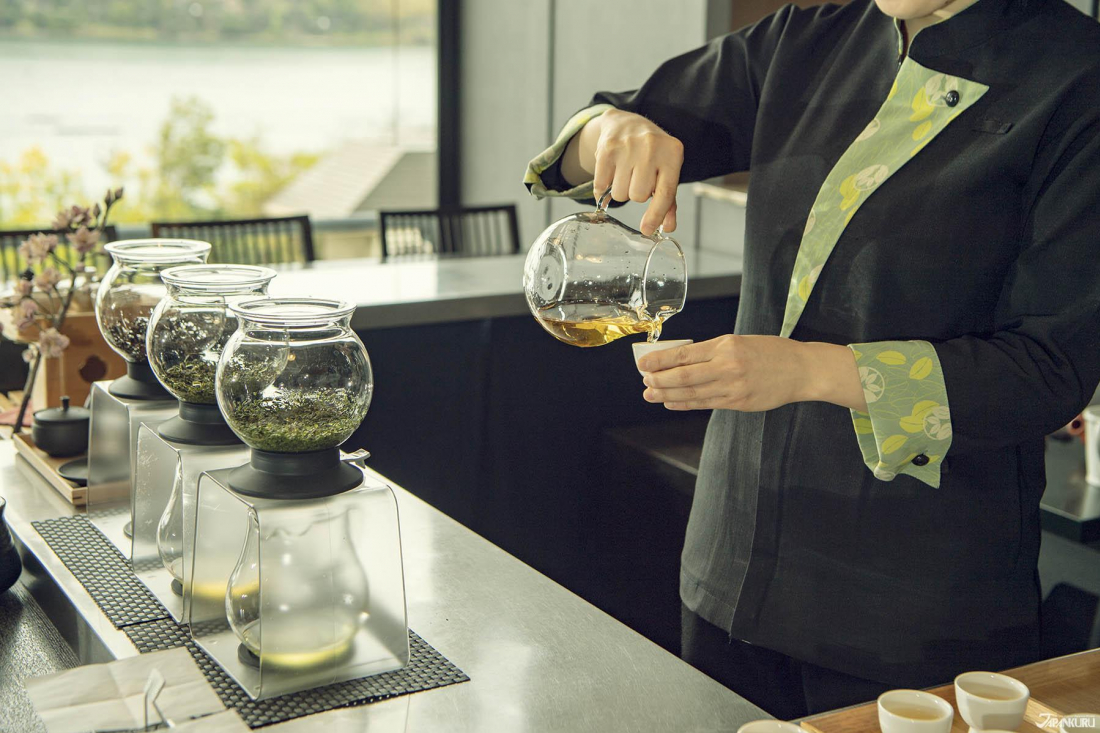
Summer Shopping Tips
If you want to try celebrating the summer Japanese-style at home, it can be a little difficult overseas – most restaurants aren’t paying their delivery drivers enough to bring a dish of fresh unagi across the ocean. But fortunately, some companies are doing their best to send the flavors of a summer in Japan anywhere in the world, right through the mail! Kubara’s shelf-stable dashi and unagi rice set comes with the ingredients to capture all the rich umami of an elegant unagi meal without all the fuss. For something even lighter, these colorful hand-drawn somen noodles can be served with a light dipping sauce and matchstick-cut fresh veggies for a meal that’s tasty, refreshing, and nice to look at too. Wash it all down with a cool glass of mugi-cha barley tea, or savor your tea time with green tea instead. This cold-brew sencha green tea set comes with little tea-flavored cakes, while this set is sencha green tea and yokan red bean jelly. If you’re still feeling the heat, Japan does make some pretty nice fans, so try out something like this traditional hand-dyed uchiwa fan or a fold-up sensu fan for a light breeze that will let you make the most of this Day of the Ox!
Details
NAME:Doyo no Ushi no Hi (土用の丑の日)
Looking for the latest trends and products coming out of Japan? We've got you covered!
COMMENT
FEATURED MEDIA
VIEW MORE 
A New Tokyo Animal Destination: Relax & Learn About the World’s Animals in Japan
#pr #japankuru #anitouch #anitouchtokyodome #capybara #capybaracafe #animalcafe #tokyotrip #japantrip #카피바라 #애니터치 #아이와가볼만한곳 #도쿄여행 #가족여행 #東京旅遊 #東京親子景點 #日本動物互動體驗 #水豚泡澡 #東京巨蛋城 #เที่ยวญี่ปุ่น2025 #ที่เที่ยวครอบครัว #สวนสัตว์ในร่ม #TokyoDomeCity #anitouchtokyodome

Shohei Ohtani Collab Developed Products & Other Japanese Drugstore Recommendations From Kowa
#pr #japankuru
#kowa #syncronkowa #japanshopping #preworkout #postworkout #tokyoshopping #japantrip #일본쇼핑 #일본이온음료 #오타니 #오타니쇼헤이 #코와 #興和 #日本必買 #日本旅遊 #運動補充能量 #運動飲品 #ช้อปปิ้งญี่ปุ่น #เครื่องดื่มออกกำลังกาย #นักกีฬา #ผลิตภัณฑ์ญี่ปุ่น #อาหารเสริมญี่ปุ่น

도쿄 근교 당일치기 여행 추천! 작은 에도라 불리는 ‘가와고에’
세이부 ‘가와고에 패스(디지털)’ 하나면 편리하게 이동 + 가성비까지 완벽하게! 필름카메라 감성 가득한 레트로 거리 길거리 먹방부터 귀여움 끝판왕 핫플&포토 스폿까지 총집합!
Looking for day trips from Tokyo? Try Kawagoe, AKA Little Edo!
Use the SEIBU KAWAGOE PASS (Digital) for easy, affordable transportation!
Check out the historic streets of Kawagoe for some great street food and plenty of picturesque retro photo ops.
#pr #japankuru #도쿄근교여행 #가와고에 #가와고에패스 #세이부패스 #기모노체험 #가와고에여행 #도쿄여행코스 #도쿄근교당일치기 #세이부가와고에패스
#tokyotrip #kawagoe #tokyodaytrip #seibukawagoepass #kimono #japantrip

Hirakata Park, Osaka: Enjoy the Classic Japanese Theme Park Experience!
#pr #japankuru #hirakatapark #amusementpark #japantrip #osakatrip #familytrip #rollercoaster #retrôvibes #枚方公園 #大阪旅遊 #關西私房景點 #日本親子旅行 #日本遊樂園 #木造雲霄飛車 #히라카타파크 #สวนสนุกฮิราคาตะพาร์ค

🍵Love Matcha? Upgrade Your Matcha Experience With Tsujiri!
・160년 전통 일본 말차 브랜드 츠지리에서 말차 덕후들이 픽한 인기템만 골라봤어요
・抹茶控的天堂!甜點、餅乾、飲品一次滿足,連伴手禮都幫你列好清單了
・ส่องมัทฉะสุดฮิต พร้อมพาเที่ยวร้านดังในอุจิ เกียวโต
#pr #japankuru #matcha #matchalover #uji #kyoto #japantrip #ujimatcha #matchalatte #matchasweets #tsujiri #말차 #말차덕후 #츠지리 #교토여행 #말차라떼 #辻利抹茶 #抹茶控 #日本抹茶 #宇治 #宇治抹茶 #日本伴手禮 #抹茶拿鐵 #抹茶甜點 #มัทฉะ #ของฝากญี่ปุ่น #ชาเขียวญี่ปุ่น #ซึจิริ #เกียวโต

・What Is Nenaito? And How Does This Sleep Care Supplement Work?
・你的睡眠保健品——認識「睡眠茶氨酸錠」
・수면 케어 서플리먼트 ‘네나이토’란?
・ผลิตภัณฑ์เสริมอาหารดูแลการนอน “Nenaito(ネナイト)” คืออะไร?
#pr #japankuru #sleepcare #japanshopping #nenaito #sleepsupplement #asahi #睡眠茶氨酸錠 #睡眠保健 #朝日 #l茶胺酸 #日本藥妝 #日本必買 #일본쇼핑 #수면 #건강하자 #네나이토 #일본영양제 #อาหารเสริมญี่ปุ่น #ช้อปปิ้งญี่ปุ่น #ร้านขายยาญี่ปุ่น #ดูแลตัวเองก่อนนอน #อาซาฮิ

Japanese Drugstore Must-Buys! Essential Items from Hisamitsu® Pharmaceutical
#PR #japankuru #hisamitsu #salonpas #feitas #hisamitsupharmaceutical #japanshopping #tokyoshopping #traveltips #japanhaul #japantrip #japantravel

Whether you grew up with Dragon Ball or you just fell in love with Dragon Ball DAIMA, you'll like the newest JINS collab. Shop this limited-edition Dragon Ball accessory collection to find some of the best Dragon Ball merchandise in Japan!
>> Find out more at Japankuru.com! (link in bio)
#japankuru #dragonball #dragonballdaima #animecollab #japanshopping #jins #japaneseglasses #japantravel #animemerch #pr

This month, Japankuru teamed up with @official_korekoko to invite three influencers (originally from Thailand, China, and Taiwan) on a trip to Yokohama. Check out the article (in Chinese) on Japankuru.com for all of their travel tips and photography hints - and look forward to more cool collaborations coming soon!
【橫濱夜散策 x 教你怎麼拍出網美照 📸✨】
每次來日本玩,是不是都會先找旅日網紅的推薦清單?
這次,我們邀請擁有日本豐富旅遊經驗的🇹🇭泰國、🇨🇳中國、🇹🇼台灣網紅,帶你走進夜晚的橫濱!從玩樂路線到拍照技巧,教你怎麼拍出最美的夜景照。那些熟悉的景點,換個視角說不定會有新發現~快跟他們一起出發吧!
#japankuru #橫濱紅磚倉庫 #汽車道 #中華街 #yokohama #japankuru #橫濱紅磚倉庫 #汽車道 #中華街 #yokohama #yokohamaredbrickwarehouse #yokohamachinatown

If you’re a fan of Vivienne Westwood's Japanese designs, and you’re looking forward to shopping in Harajuku this summer, we’ve got important news for you. Vivienne Westwood RED LABEL Laforet Harajuku is now closed for renovations - but the grand reopening is scheduled for July!
>> Find out more at Japankuru.com! (link in bio)
#japankuru #viviennewestwood #harajuku #omotesando #viviennewestwoodredlabel #viviennewestwoodjapan #비비안웨스트우드 #오모테산도 #하라주쿠 #日本購物 #薇薇安魏斯伍德 #日本時尚 #原宿 #表參道 #japantrip #japanshopping #pr

Ready to see TeamLab in Kyoto!? At TeamLab Biovortex Kyoto, the collective is taking their acclaimed immersive art and bringing it to Japan's ancient capital. We can't wait to see it for ourselves this autumn!
>> Find out more at Japankuru.com! (link in bio)
#japankuru #teamlab #teamlabbiovortex #kyoto #kyototrip #japantravel #artnews
Photos courtesy of teamLab, Exhibition view of teamLab Biovortex Kyoto, 2025, Kyoto ® teamLab, courtesy Pace Gallery

Japanese Makeup Shopping • A Trip to Kamakura & Enoshima With Canmake’s Cool-Toned Summer Makeup
#pr #canmake #enoshima #enoden #에노시마 #캔메이크 #japanesemakeup #japanesecosmetics

⚔️The Robot Restaurant is gone, but the Samurai Restaurant is here to take its place. Check it out, and don't forget your coupon!
🍣신주쿠의 명소 로봇 레스토랑이 사무라이 레스토랑으로 부활! 절찬 쿠폰 발급중
💃18歲以上才能入場的歌舞秀,和你想的不一樣!拿好優惠券去看看~
#tokyo #shinjuku #samurairestaurant #robotrestaurant #tokyotrip #도쿄여행 #신주쿠 #사무라이레스토랑 #이색체험 #할인이벤트 #歌舞伎町 #東京景點 #武士餐廳 #日本表演 #日本文化體驗 #japankuru #japantrip #japantravel #japanlovers #japan_of_insta

Japanese appliance & electronics shopping with our KOJIMA x BicCamera coupon!
用JAPANKURU的KOJIMA x BicCamera優惠券買這些正好❤️
코지마 x 빅 카메라 쿠폰으로 일본 가전 제품 쇼핑하기
#pr #japankuru #japanshopping #kojima #biccamera #japaneseskincare #yaman #dji #osmopocket3 #skincaredevice #日本購物 #美容儀 #相機 #雅萌 #日本家電 #일본여행 #면세 #여행꿀팁 #일본쇼핑리스트 #쿠폰 #일본쇼핑 #일본브랜드 #할인 #코지마 #빅카메라 #japankurucoupon
MAP OF JAPAN
SEARCH BY REGION

LATEST
VIEW MOREEVENT CALENDAR
VIEW MORE




































